
Lyme disease is a serious illness that affects many of the organs in the body. It is an infectious disease caused by at last three species of bacteria from the genus Borrelia: Borrelia burgdorferi sensu lato, Borrelia afzelii and Borrelia garinii.
Borrelia burgdorferi sensu lato, is the main cause of lyme disease in the United States, while the other two species most commonly cause disease in Europe. The disease is named after the town of Lyme, Connecticut, USA, where a number of cases were identified in 1975. Humans become infected when bacteria enters the body through bites or tick. Disorientated
Symptoms of Lyme Disease
Infectious illness like lyme disease may provoke a number of various symptoms in the body. The most common early symptom of a disease is a characteristic 'bulls-eye' rash. Skin rash grows as a circular expanding inflammation with bright red edges and clear area in the center. This condition is also known as erythema migrans. Other symptoms include stiff muscles and joints, headache, fever and flu-like symptoms.
In the progressive stage patient gets to the point where skin rash develops throughout the whole body accompanied with muscular paint and severe headache, stiffness of the neck and joints, dizziness, hypersensitivity to light, and palpitations. Purple lumps may grow on ear lobe, nipples and scrotum, especially in the European cases of infection. Patients may also develop encephalitis that provokes headache, nausea, fever, sleep disorders and memory loss.
At the last stage of the infection, whole of the body is affected, including brain, nerves joints and heart. This leads to severe complications and symptoms like neuropathy, chronic encephalitis, problems with memory and concentration, confusion, cognitive impairment, meningitis, facial paralysis, problems with bladder, weakness in the legs and inflammation of the heart muscles. Affected heart muscle may cause abnormal heart rhythm and eventually a heart failure.
Treatment of Lyme Disease
Lyme disease is a bacterial infection and thus it can be treated with antibiotics. The type of antibiotics being used in treatment depends on the stage of the infection and affected organs. If a treatment begins on time, in an early stage, it can be cured in a couple of weeks of antibiotic treatment. If some of the vital organs are affected treatment may prolong and require the use of vaccines like ceftriaxone and penicillin G.
The first symptoms usually develop after a two weeks after the infection. If a representative skin rash is observed, patient should instantly seek a medical help. If left untreated, disease may affect vital organs and cause tremendous damage to the health, or even be fatal.


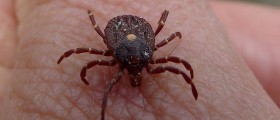
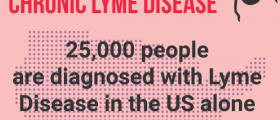


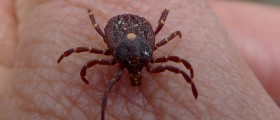


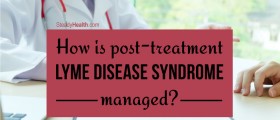
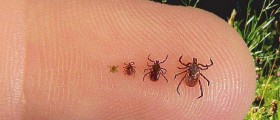


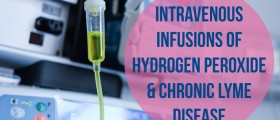


Your thoughts on this
Loading...